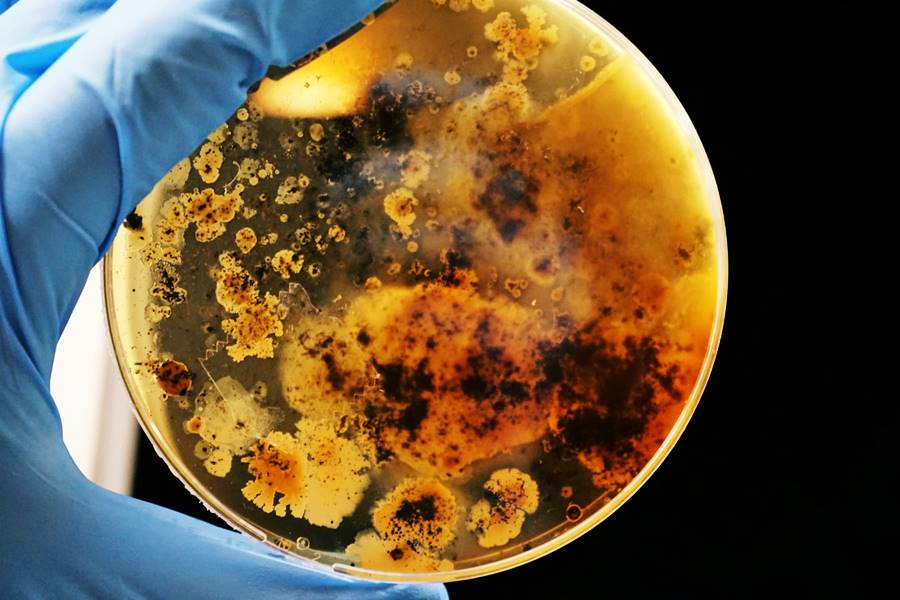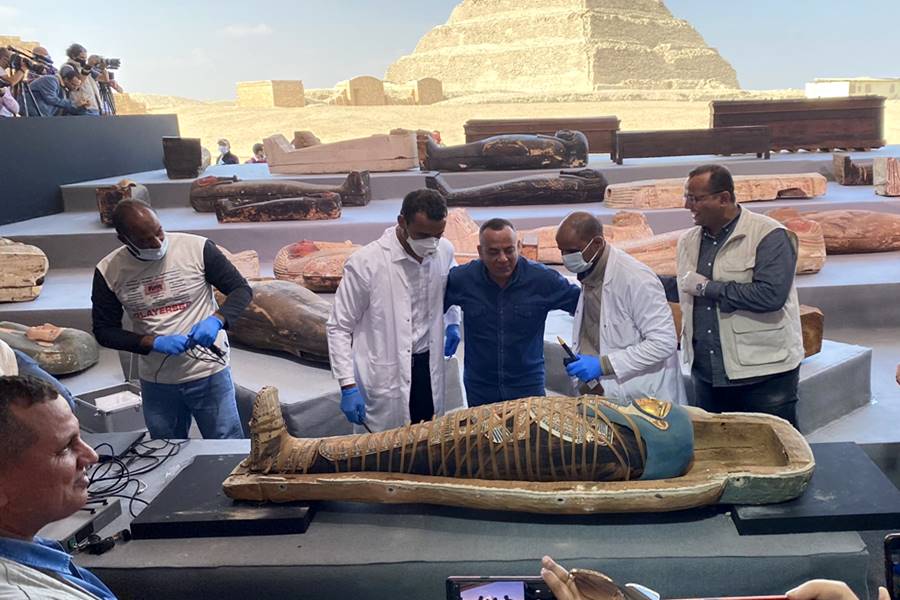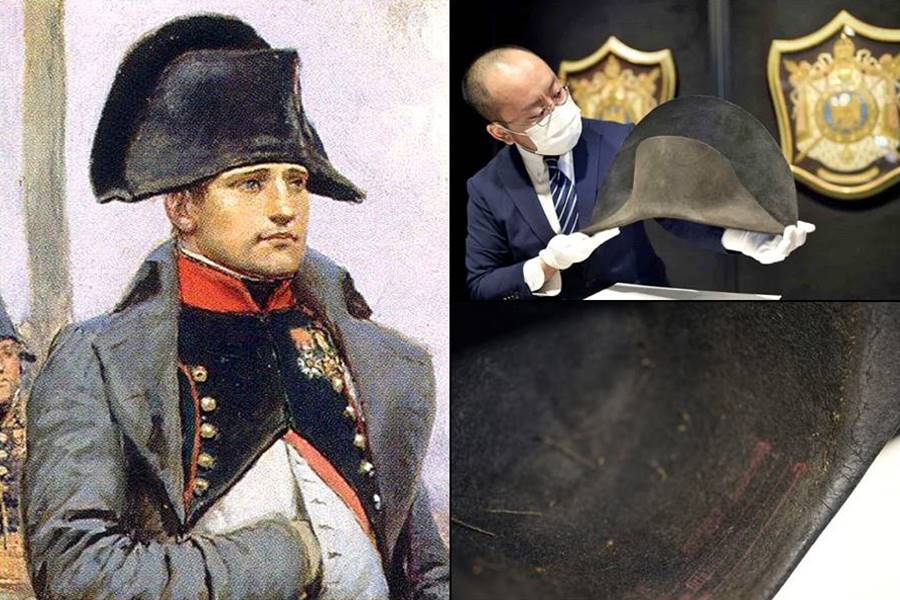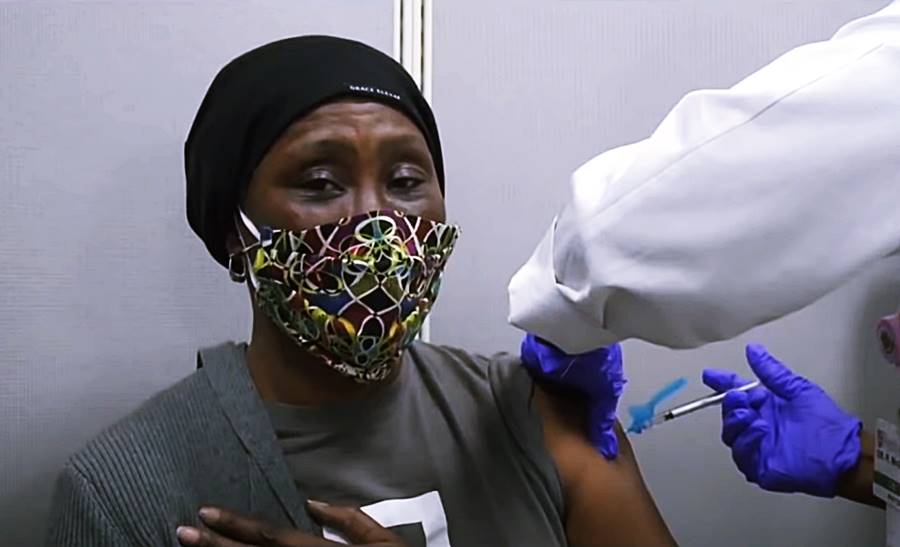Some bacteria can travel from one continent to another ”hidden” in atmospheric dust, according to a new study which says these microbes may not only affect human and animal health, but also impact climate and ecosystems.
The research, published in the journal Atmospheric Research, deciphered the mystery of the transport of microorganisms across continents via “giant” atmospheric particles called iberulites that could be inhaled by humans.
According to scientists, including those from the University of Granada (UGR) in Spain, these aerosols act like a “launch vehicle” for bacteria, and may pose risk of disease transmission across continents.
They explained that iberulites are giant atmospheric bioaerosols made of multiple minerals, measuring on average one hundred microns approximately.
While these bioaerosols were discovered in 2008, the scientists said the mechanism by which bacteria are involved in the formation of atmospheric iberulites remained unknown.
In the current study, the researchers analysed atmospheric dust deposits in the city of Granada in Spain.
They found that the composition of these deposits was heterogeneous, comprising predominantly clay, quartz, and carbonate minerals and, iron oxides to a lesser extent.
In addition to these minerals, the scientists said bacteria, silicon-rich algae called diatoms, and other single-celled organisms made up the biological component.
According to the study, the dust originated from the Sahara Desert in north-northeast Africa and local soils with evidence of atmospheric interactions between these components and clouds.
Analysing the iberulites, the researchers found that they formed as a result of chemical and physical interactions between dust grains, the microorganisms from Saharan soils which initiate the aerosol formation, and water-vapour molecules from clouds.

The droplet of water agglutinates dust particles of different sizes in its interior together with bacteria in suspension, the study noted. “Bacteria can survive in iberulites because these provide a nutritious medium, a microhabitat rich in nutrients, and they protect the bacteria from ultraviolet radiation,” said Alberto Molinero Garcia, a co-author of the study from UGR.
“This is demonstrated by the bacterial polymeric exudates that, rather like mucilaginous mucus, act as a ”glue” between the mineral particles, preventing their disaggregation and increasing their resistance to fragility in the turbulent phenomena of the atmosphere,” Garcia added.
According to the researchers, the iberulites aid microorganisms to travel great inter-continental distances on atmospheric currents such as the Saharan Air Layer (SAL).
They believe these aerosols may exist throughout the world, primarily in those regions where dust is carried in from desert regions.
-PTI
FOLLOW INDEPENDENT PRESS:
TWITTER (CLICK HERE)
https://twitter.com/IpIndependent
FACEBOOK (CLICK HERE)
https://web.facebook.com/ipindependent
Think your friends would be interested? Share this story!




















